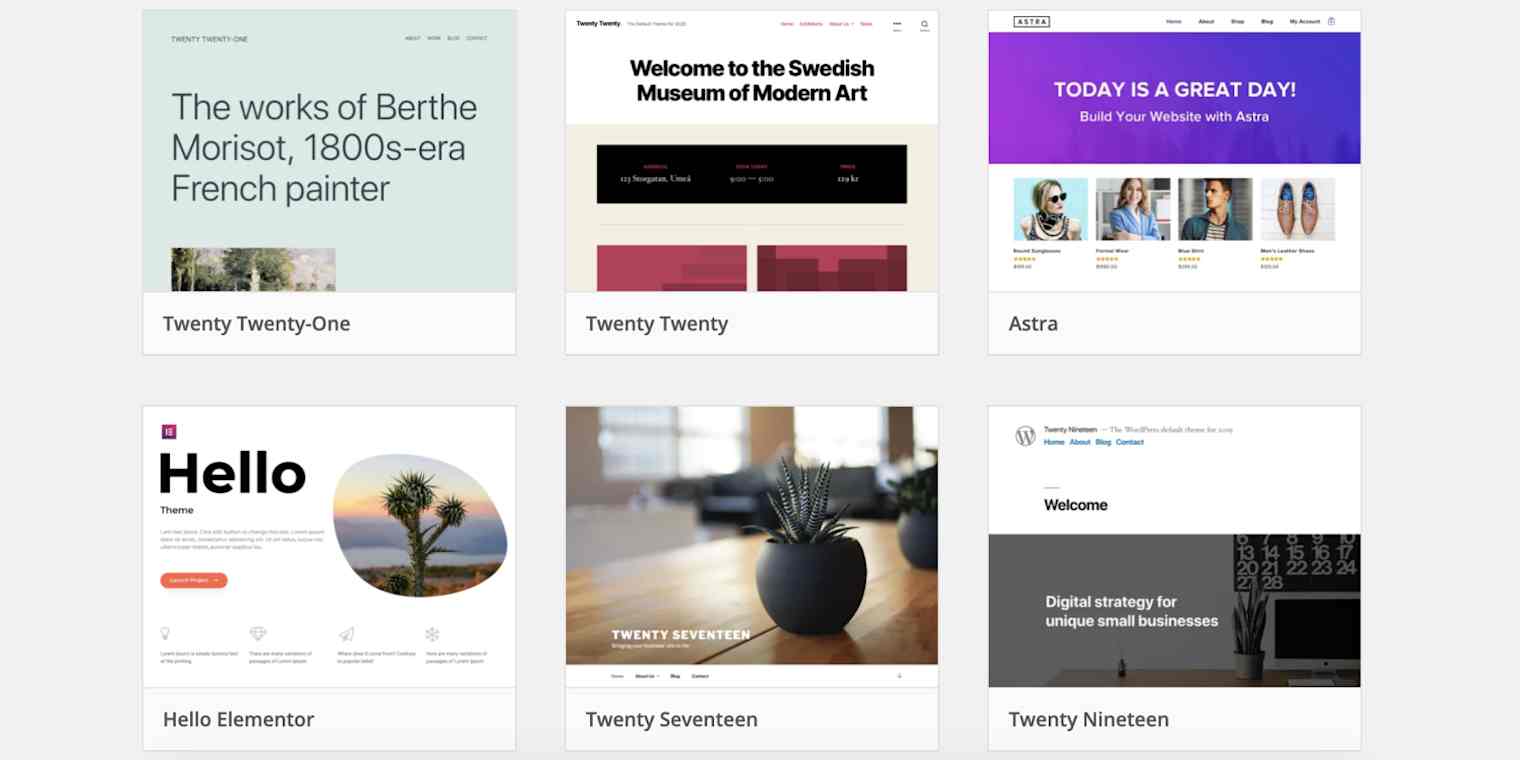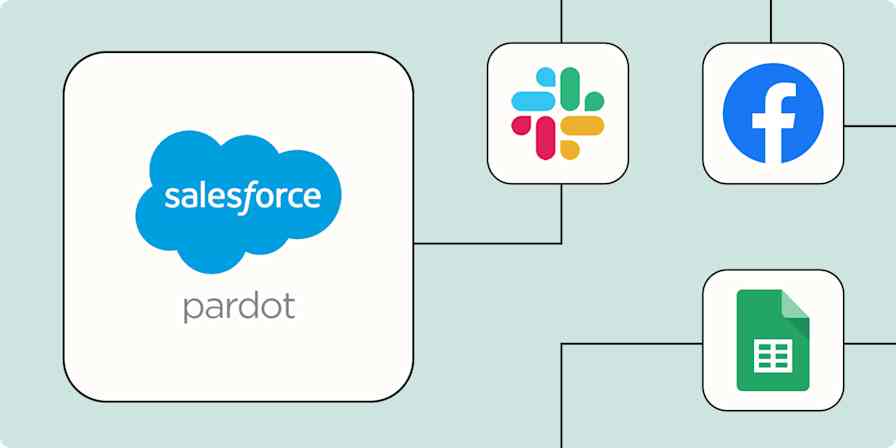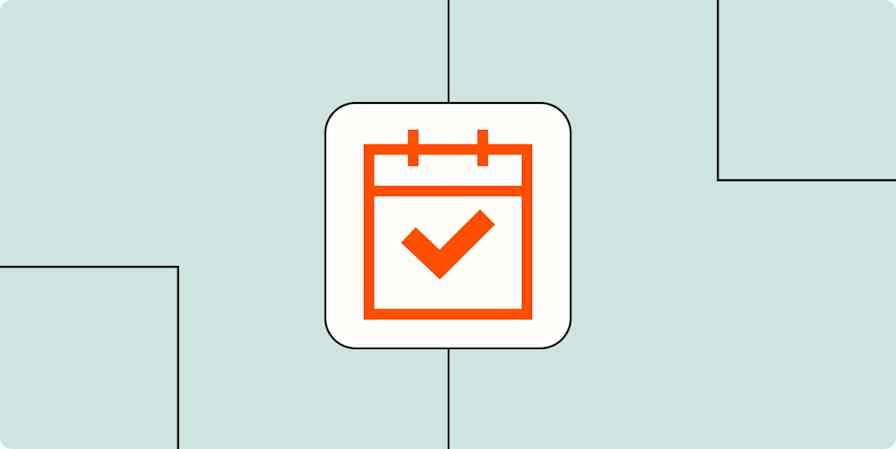Business tips
8 min readHow to choose a website theme for your business
Where to start—plus a few things you may not have considered
By Christian Coulson · April 12, 2021

Get productivity tips delivered straight to your inbox
We’ll email you 1-3 times per week—and never share your information.
Related articles
Improve your productivity automatically. Use Zapier to get your apps working together.








